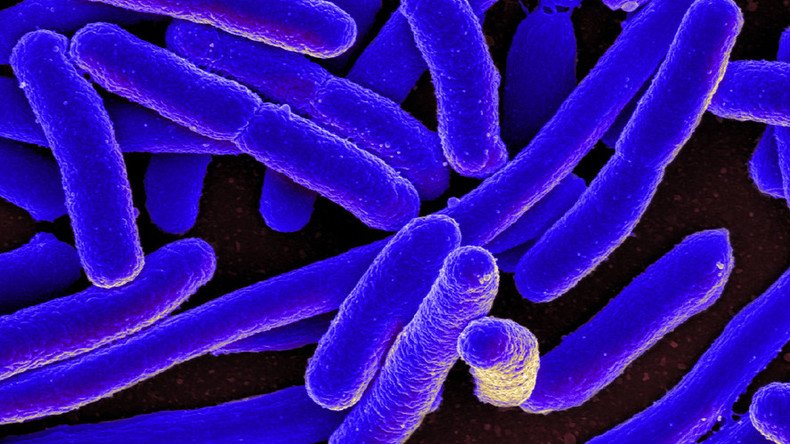Bacteria ‘wind farms’ could power electronic devices – study

The movement of bacteria could be used to provide a power source for electronics, according to a team of scientists from Oxford University. The suggested system involves the turning of cylindrical rotors and is “self-organized.”
The study, published in the journal Science Advances, showed that the swarming effect of bacteria can be arranged into biologically driven power plants, similar to mini “wind farms.”
Sensor power source? Bacteria wind farms power electronics https://t.co/0QjkxbJ0Mp#DigitalHealth#WearableTechpic.twitter.com/x8Q5Vs1toV#IoT
— Paul Sonnier (@Paul_Sonnier) July 16, 2016
Researchers said the system could potentially pave way for powering smartphones and other small electronic devices.
“The most exciting thing is that the system organized itself,” co-author of the report, Tyler Shendruk, said, according to Tech Crunch. “We didn’t have to engineer fancy gear-shaped rotors, they were just smooth discs.”
The team of researchers released the bacterias around microscopic rotors, which stimulated them to swim together prompting what scientists refer to as “active turbulence.”
READ MORE: Your immune system may be the answer to your social behavior
Harnessing the movement to be useful in the experiment was tricky due to the bacteria being so disorderly, Shendruk said.
When the team pinned a single freely rotating disc in a simulation of active turbulence, the results were disappointing. “It was spun randomly around like a weather vane in a hurricane,” he said.
Instead, researchers tried placing an entire array of rotors in active turbulence, which resulted in them spontaneously organizing. “When I saw the array of rotors each rotating in the opposing direction of its neighbors, I thought, What on earth? Oh, that’s cool,” he added.
Keeping the rotors close enough together led to them permanently obeying the pattern and as a result, produced a tiny amount of power.
READ MORE: Mysterious tiny germs: US scientists ‘build’ bacteria with smallest genome on Earth
“Charging an entire cell phone is inconceivable to me right now,” said Shendruk. “To give an idea of just how small the amount of work we’re talking about is, let me say that a previous work on a microscopic gear in a bacteria swarm was estimated to give 1 femtowatt.”
Although the energy formed by the bacteria would not be enough to fully power a mobile phone, it could provide a fraction of power to a microfluidic device being used to produce cells or to power “a tiny microbot,” he said.













